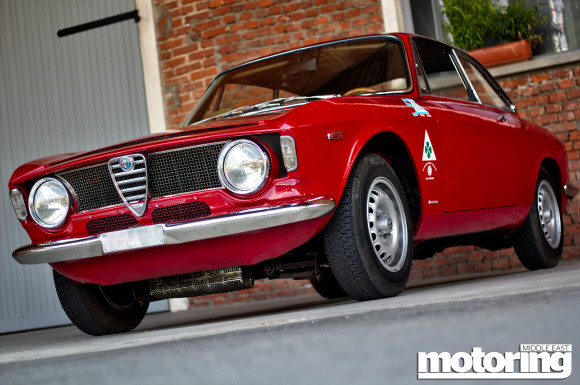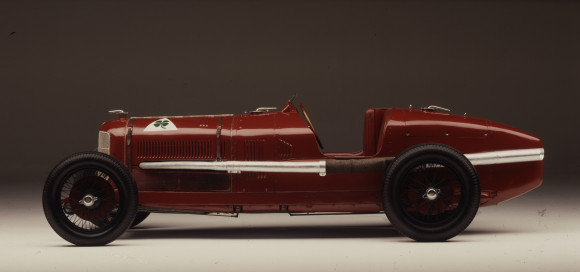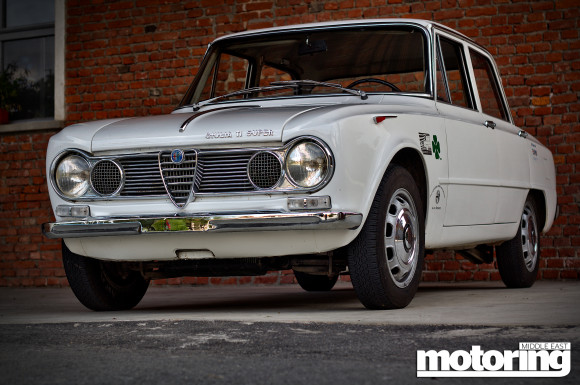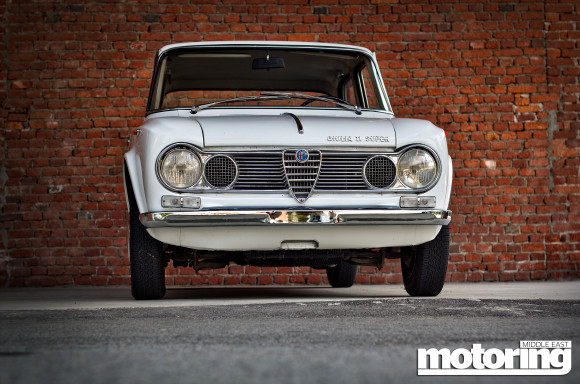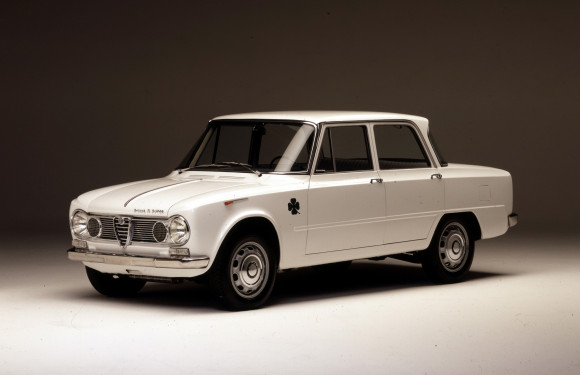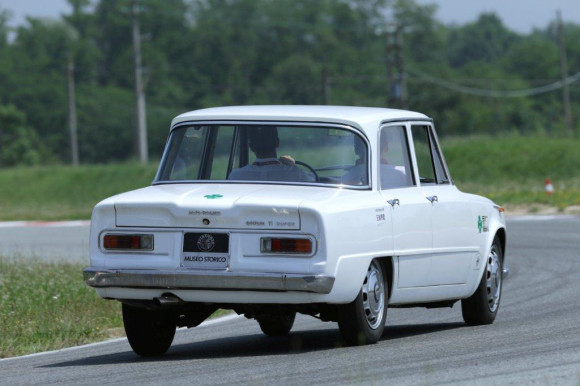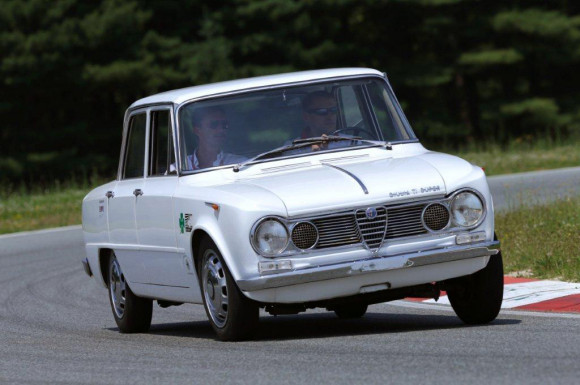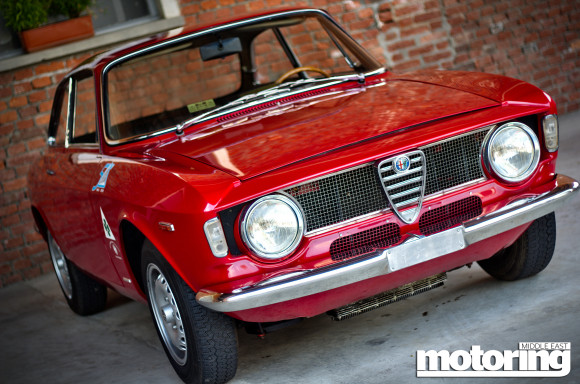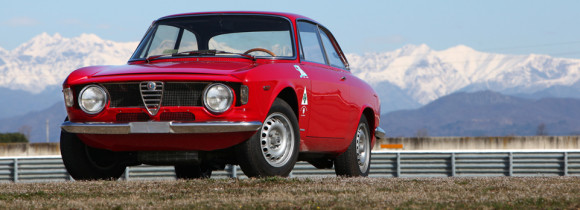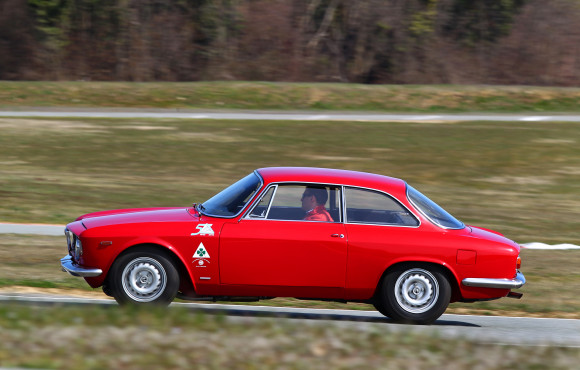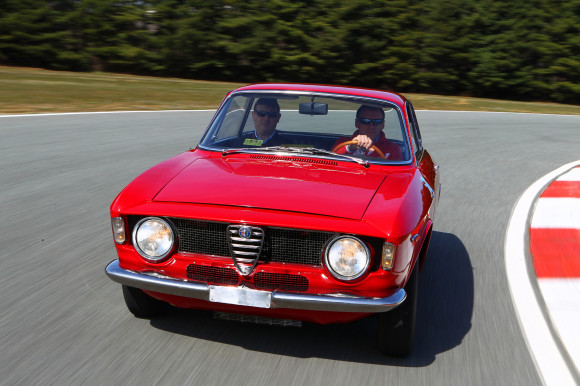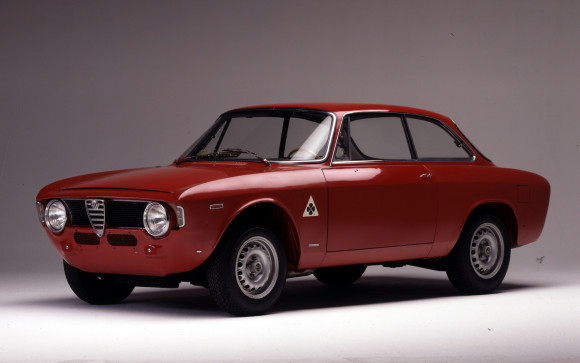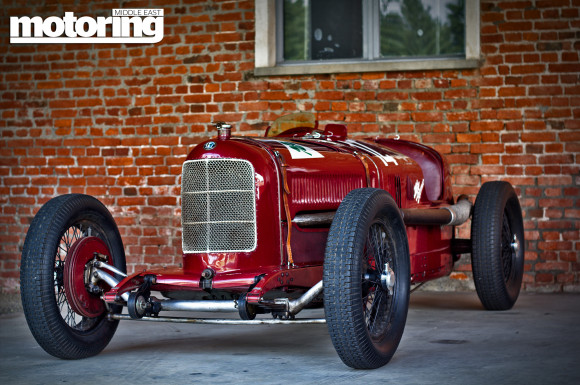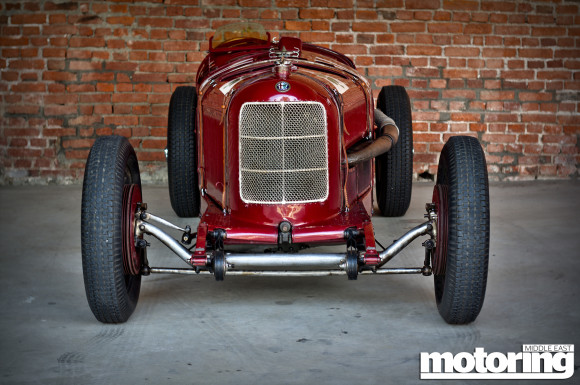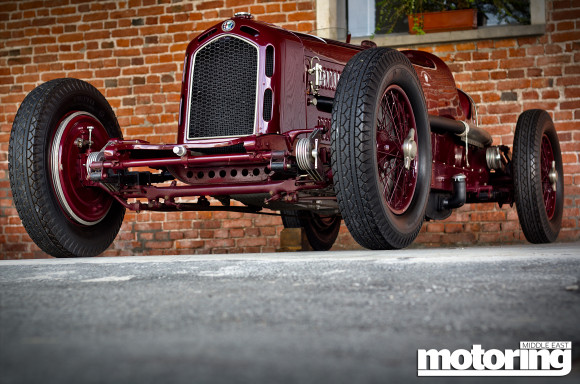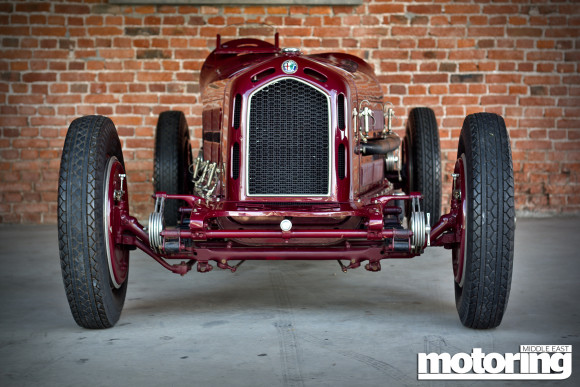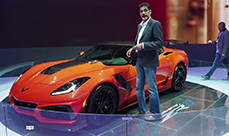Classic Alfas – we drive two 1960s icons
We get behind the wheel of two gorgeous Giulias and marvel at amazing pre-War Alfa racers
By Shahzad Sheikh
We motoring writers are very fortunate, let’s be honest. We get to drive a lot of new metal. And every now and then an absolutely gem like the Alfa Romeo 4C comes along. A car like the 4C manages to slice right through our blasé veneer of indifference and stirs the bits that make us giggle like little school boys.
You’d think it doesn’t get any better. But it does. And perhaps rather surprisingly the ultimate thrill is being allowed behind the wheel of something old, rare, storied and/or iconic. That’s the stuff that almost never fails to burn itself in your memory and renders asunder our well-practiced faux cynicism and leaves us humbled, grateful and gleeful.
Thanks to Fiat-Chrysler for granting myself and fellow scribes just such an opportunity last week at Fiat’s proving ground in Balocco, Italy, where we got to drive not just one but two classic Alfas: a white 1963 Giulia TI Super and a red 1965 Giulia Sprint GTA – both cars belonging to Alfa’s own heritage collection.
1963 Giulia TI Super
And very special they were. Take the TI Super for example. Sure the Giulia 105 series was a sports sedan that ran for 16 years from 1962. Weighing only about 1000kg engine sizes ranged from 1.3-litres to 1.8, giving between 80 and 110bhp – powerful for its day. And most were fitted with full 5-speed manual gearboxes.
It was quicker than sports cars of the day with a drag coefficient lower than that of a Porsche from the same era. Unsurprisingly they were popular with the constabulary – although they never did quite catch those pesky little Minis in the original Italian Job!
What we have here in white is a Giulia TI Super of which only 501 were made – it was a high performance variant produced 1963-64, identified by the green four-leaf clover stickers on the front fenders. The 1600cc engine did its breathing through two double-choke horizontal Weber carburettors, giving it 110bhp, and further weight was removed taking it down to 940kg – it even got alloy wheels.
Handsome if slightly ungainly, it has that unmistakably Alfa face on the front and the wrap-around front and rear glass with the think pillars makes it feel very open and airy inside. It’s an easy car to drive and gets up to speed alarmingly quickly – I say alarmingly because whilst it had disc brakes the lack of servo assistance means you have to stomp on them quite hard to rub off the speed.
There’s quite a bit of body lean as you’ll remember from the chase scenes in those old movies, but it’s remarkably faithful to the helm. You have to bury the clutch pedal very deliberately into the floor to execute smooth gearchanges without crunching, and double declutching might well be the way to go.
It really makes you wonder about the heroics of the drivers that took this car to four rally wins in 63 and 64 and success in Touring Car series. But if driving this was a joy, moving up to the red car was like stepping onto the threshold of delirium.
1965 Giulia Sprint GTA
The far prettier GTA was also based on the 105 Series with a shortened platform and styling by Bertone. The Coupe was called the Sprint tagged GT and later GTJ and GTV. But in 1965 Alfa produced a variant that would work on both road and track. This was the GTA – the A for Alleggerita, Italian for lightweight.
Aluminium body panels replaced the steel and what steel there remained was made thinner. Magnesium alloy wheels and Perspex side windows, aluminium in the suspension and even a trimmed down interior all brought the weight down to just 745kg.
The 1.6-litre four-cylinder had a double ignition cylinder head – this later became known as ‘Twin Spark’ – and produced 170bhp making the GTA good for 225kph, staggering for its day. Again only 500 were produced from 1965-67. On the track it swept up the trophies with three European Touring Car championships, multiple Touring car crowns in 1966 in 67, and the 66-67 US saloon car championships.
A lower, more laid back seating position, arms outstretched immediately sets the tone. The difference in the driving experience between these two cars was remarkable. It’s an eager sprinter with light easy controls, surprisingly accurate responses, delightful body control, crisp changes and – thankfully – pretty solid brakes. I was far more comfortable chucking this car around, and it felt a more eager and planted sports car. Plus it looked exquisite. An absolute joy to drive.
The vintage racers
Two other old Alfa were also on display but not for driving – I would say ‘sadly not for driving’ but actually these hairy old things would be quite a handful and I’m not I’d have the skills or the raw bravado that would be requisite for the task of taming these brutes.
The P2 Gran Premio featured a 2.0-litre straight eight cylinder twin cam engine with supercharger putting out 155bhp and giving it 220kph. Weighing 750kg, only 5 were made between 1924-25 and it won the inaugural Automobile World Championship, winning two of the four rounds in the hands Antonio Ascari and Gastone Brilli-Peri in 1925. Up to 1930 it won 14 GPs including the 1930 Targa Florio. This car was one of only two of the six that have survived.
Alfa’s 8C 2300 Tipo Monza was is another legend. Ten of these were made between 1931-33, also with a straight eight, this time a 2.3-litre, again supercharged giving it 165bhp and 210kph with weight up a bit to 910kg. Believe it or not they also made 188 of these in road-going form – who would drove this mental machine on the road?!
This particular car bears the Monza name for winning the GP there in the hands of Campari Nuvolari in 1931. He also took it to victory at the 1932 Targa Florio and the same year’s Monaco GP. It also won Targo Florio in 33 and the 34 Mille Miglia.
These cars are truly breath-taking to behold, but even more mind-boggling is imagining how drivers wrestled these crazy beasts to victory.

